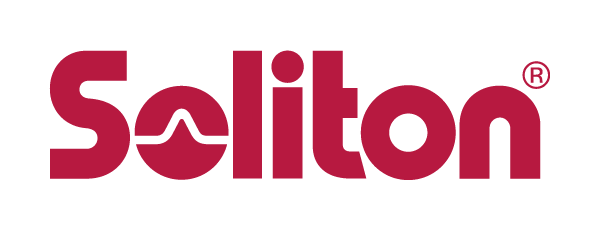In the dynamic landscape of modern workplaces, the Bring Your Own Device (BYOD) trend has gained significant traction. Allowing employees to use their personal smartphones for business purposes enhances flexibility and productivity but brings forth a crucial challenge: how to safeguard both company and personal data on these devices. Two primary solutions address this concern – Mobile Device Management (MDM) and container apps. In this blog, we delve into the differences between these approaches and their implications for securing your digital assets.
BYO Mobile Device Management (MDM): A Comprehensive Approach
MDM solutions have long been the stalwarts in managing and securing mobile devices within an enterprise environment. These systems offer centralized control over a range of device functionalities, from enforcing security policies to distributing applications. When an employee connects their personal phone to the corporate network through MDM, administrators gain a bird's-eye view of the device's entire ecosystem.
MDM allows for a high level of control. It can enforce password policies, remotely wipe the device in case of loss or theft, and even control which applications can be installed. However, this level of control comes with a trade-off – a potential invasion of user privacy. Employees might be uncomfortable with the extent to which their personal devices are monitored and controlled by their employers.
Moreover, implementing MDM often requires deep integration with the operating system, potentially leading to compatibility issues and a more invasive user experience. Employees may feel their personal space is encroached upon, creating a delicate balance between IT security and privacy.
Container Apps: Preserving Personal Space
Enter the alternative solution – container apps, exemplified by products like MailZen from Soliton Systems. These apps take a different approach to secure business data on personal devices. Instead of managing the entire device, container apps create isolated environments dedicated solely to business-related activities. In the case of MailZen, it means encapsulating corporate emails, documents, and applications within a secure container.
This approach respects user privacy by confining corporate control to the designated container. Administrators can manage and secure the data within the container without touching personal applications, photos, or messages on the device. For employees, this translates to a more comfortable BYOD experience, eliminating the fear of intrusive monitoring.
Furthermore, container apps often boast an added layer of encryption for the data within the container, enhancing security against potential breaches. This is particularly crucial in industries where sensitive information is routinely transmitted and stored on mobile devices.
Choosing the Right Approach: Striking a Balance
When deciding between MDM and container apps, organizations must consider the delicate balance between security and user privacy. MDM provides a comprehensive solution with extensive control, but it might not align with the expectations of employees who value their personal space. On the other hand, container apps offer a more privacy-centric approach, creating a secure enclave for business data without encroaching on the entire device.
The choice ultimately depends on the specific needs and preferences of the organization and its workforce. Companies should weigh the level of control required, the sensitivity of the data being handled, and the importance of respecting employee privacy.
The BYOD era presents businesses with an opportunity to enhance flexibility and productivity. However, the challenge lies in securing both company and personal data on these devices. Whether opting for the comprehensive control of MDM or the privacy-centric approach of container apps, organizations must carefully navigate the landscape to find the right balance between security and user comfort.



